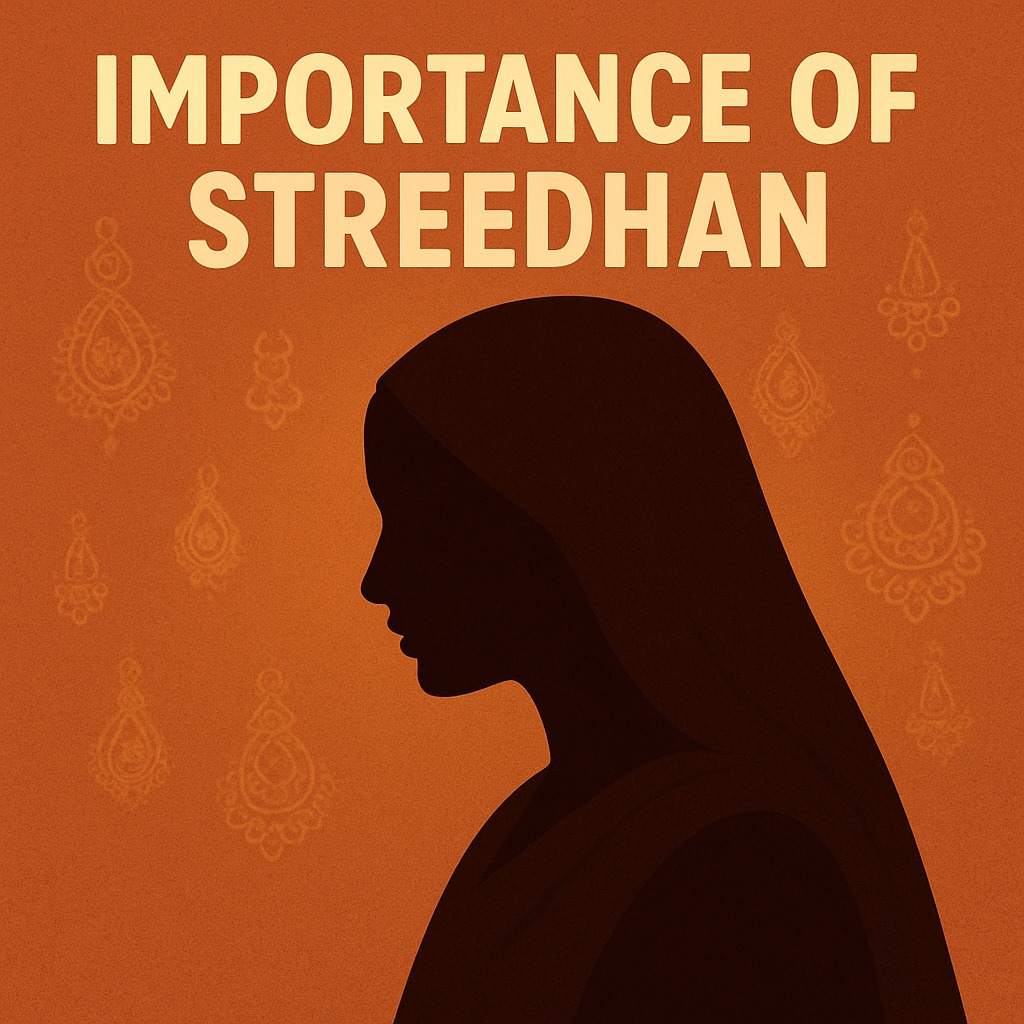Introduction
In a recent case brought to the notice of the Hon’ble Supreme Court, it acknowledged the problematic behaviour of the husband, who did not let the separated wife collect her belongings to this date, despite the separation taking place in 2022. The court subsequently ordered the husband to return the property within a 24 hour period.
This brings to light the concept of the property of women in a marriage. The most prominent form of which remains to be the streedhan.
The term streedhan literally means “Woman’s property”. It refers to the property given to a woman. The ownership of such property remains with the woman and, on her death, her heirs. A woman has the absolute right to manage and alienate property given to her in streedhan. Streedhan differs from dowry, which is often given under pressure by the family of the groom. On the contrary, streedhan is given voluntarily, at the time of marriage, pregnancy or widowhood.
Legal Framework Around Streedhan
The legal framework regarding the same encompasses the Indian Penal Code (Bharatiya Nyaya Sanhita), Protection of Women against Domestic Violence Act (PWDVA), Hindu Succession Act, and the Hindu Marriage Act.
Under the Hindu Marriage Act, 1955, streedhan is defined as property, moveable or immovable presented at or about the time of marriage. Further it also gives powers to the court to pass orders regarding the same to ensure they’re protected.
Furthermore, under the Hindu Succession Act, 1956, it is said that any property acquired by the woman whether before or after marriage is absolutely her property and the husband has no right over it whatsoever.
Moreover, under the Indian Penal Code, it is stated that non return of the streedhan can amount to criminal breach of trust and if the husband or his relatives keep the property dishonestly, then such an act is punishable under Section 406 of the IPC.
Lastly, under the PWDVA, the woman has a right to seek court orders for the return of the streedhan and the husband can be asked to immediately return the same.
Significance of Streedhan
In the Indian society, property is a status symbol. The concept of streedhan came into being to provide financial safeguards to women in case of widowhood, divorce or desertion. It has been repeatedly asserted by the courts that the streedhan is not the property of the husband or the joint family and solely belongs to the woman. Furthermore, the complete ownership of streedhan by women challenges the concept that women are dependent on men in a patriarchal system, as owning and having the right to manage property provides financial security to women as well.
Conclusion
However, it remains imperative to clearly distinguish between the concepts of streedhan and dowry, since the lines between the two often blur. The objective of streedhan is to empower the woman herself while dowry is given to the husband and his family and not to the wife.
About Author
Anwita Mishra, a law student at Maharashtra National Law University, Mumbai, is an emerging legal writer with a keen interest in the changing dynamics of law. Deeply passionate about Media Law, Constitutional Law, and Family Law, she engages with contemporary legal developments through insightful research and writing.

